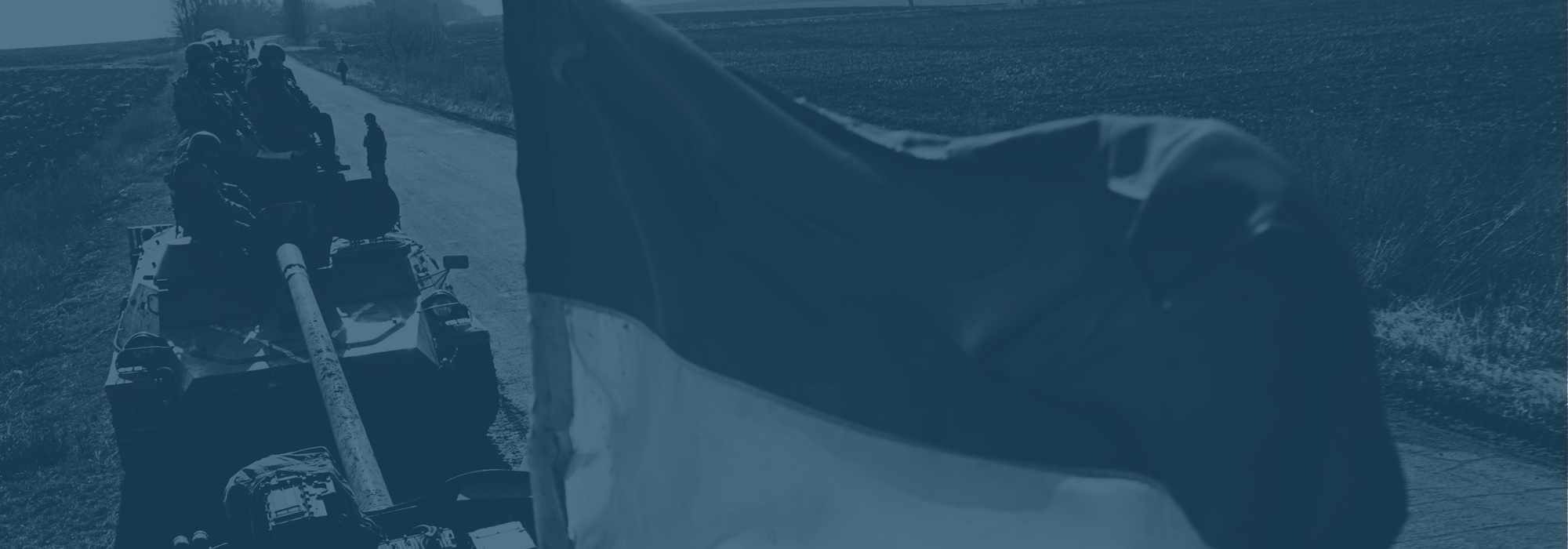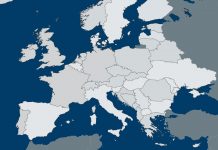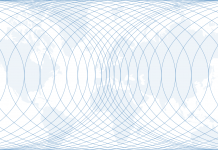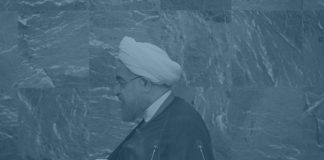Something odd is happening in Ukraine. On Nov. 20, unidentified saboteurs damaged two transmission towers providing Crimea, now under Russian control, with electricity generated in Ukraine. According to the Ukrainians, the explosions were set by right-wing militia members, who were unknown to the Ukrainian authorities. The perpetrators were also never captured or identified. It is certainly possible that right-wing activists from a Crimean Tatar militia were responsible but the Ukrainians know of these groups and whoever did this was sophisticated enough to both identify the target, procure the explosives and set them off without being detected. That’s pretty good for right-wing thugs. Then, on the night of Nov. 21, more transmission towers were blown up, causing a near-complete blackout in Crimea. Therefore, a day after the first attack, the towers were not being watched by security.
Then, the Ukrainian government banned the delivery of goods to Crimea and Ukrainian Prime Minister Arseniy Yatsenyuk said that if the Russians imposed any trade embargoes, Ukraine would retaliate in kind.
A couple of days later, on Nov. 23, Lt. Gen. Ben Hodges, the commander of U.S. troops in Europe, visited Ukraine. The visit appeared at the time to be routine, and may well have been. However, the next day, Russian Energy Minister Alexander Novak said that Russia would cut gas supplies to Ukraine over past due bills, and would also halt coal supplies to Ukraine in retaliation for the power blackout in Crimea. The cutoff in gas is apparently manageable by the Ukrainians but the cutoff of coal will have a significant impact. In either case, the Russians cut a part of the Ukrainian energy line of supply.
On Nov. 25, the Ukrainian government imposed a ban on Russian aircraft from entering Ukrainian airspace. This applied to all Russian airlines without exception and did not apply only to aircraft landing in Ukraine – this had already been banned – but simply on the use of Ukrainian airspace to transit to Europe and other destinations. The Russian newspaper Kommersant reported that the ban on coal was being implemented and that customs officials were stopping supplies intended for Ukrainian customers while the Russian government said there was no firm decision yet.
Sabotage on electricity to Crimea, an embargo on Crimea, bans on Russian aircraft in Ukrainian airspace. Although it may sound like a simple conclusion to say that a major crisis is brewing, this appears to us to be the case. To put it differently, adding to the terrorism crisis in Paris and the attendant migrant crisis, and the downing of a Russian plane over Turkey, there is clearly a movement towards crisis in Ukraine. What is not clear is why this is happening. But we have a few possible scenarios.
This round of hostility started with the attacks on transmission lines into Crimea. A case could be made that it was carried out by right-wing militia, although we find it far-fetched that the militants could organize this without detection given how many intelligence services monitor them. But conceiving that it was possible, we find it inconceivable that security had not been thrown around the other transmission lines by the Ukrainians the next day. In looking at that incident, we cannot help but suspect that this was not an action the Ukrainian government objected to.
What followed was an inevitable escalation process where coal shipments to Ukraine appear to have been cut and Ukrainian airspace closed to the Russians. These are the actions we would expect as a crisis matures. Here we are getting them at a fairly early stage leading us to wonder what the climax will look like.
The Ukrainians have a motive for doing this. Their motive is that after the Paris killings, the French and Russians groped to a working relationship on terrorism. With terrorism the towering issue in France, the Ukrainian issue subsides. Baltic nations have said they were concerned by a loss of interest in Ukraine by the West. This would look like their worst fears. Following this logic — and without direct evidence at all — the Ukrainians might be motivated to undermine this by triggering a crisis.
Alternatively, the Russians see a negotiation coming and want to have a strong hand in it. Allowing a crisis to arise would allow them to raise their price for an agreement.
Yet a third possibility is that the United States, concerned at growing Russian assertiveness in Syria and elsewhere, wanted to tie down the Russians in Ukraine by encouraging European assertiveness. We would include Lt. Gen. Hodges’ visit to Ukraine as a piece of this puzzle, except that his visits are routine, and there is no evidence at all that this matter was discussed or he was involved.
We put these hypotheses out there because we do not know why these countries are taking these steps. But we do know that something is going on and it is serious. It might calm down but the steps taken so far would be front-page news at any other time, and is therefore not being taken seriously enough. We think it should. The separate crises in Eurasia are starting to intertwine and that is something that ought not be ignored.








 The Geopolitics of the American President
The Geopolitics of the American President